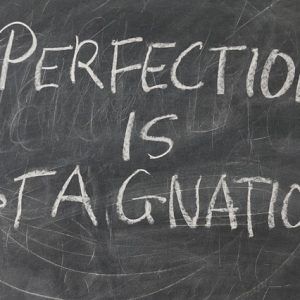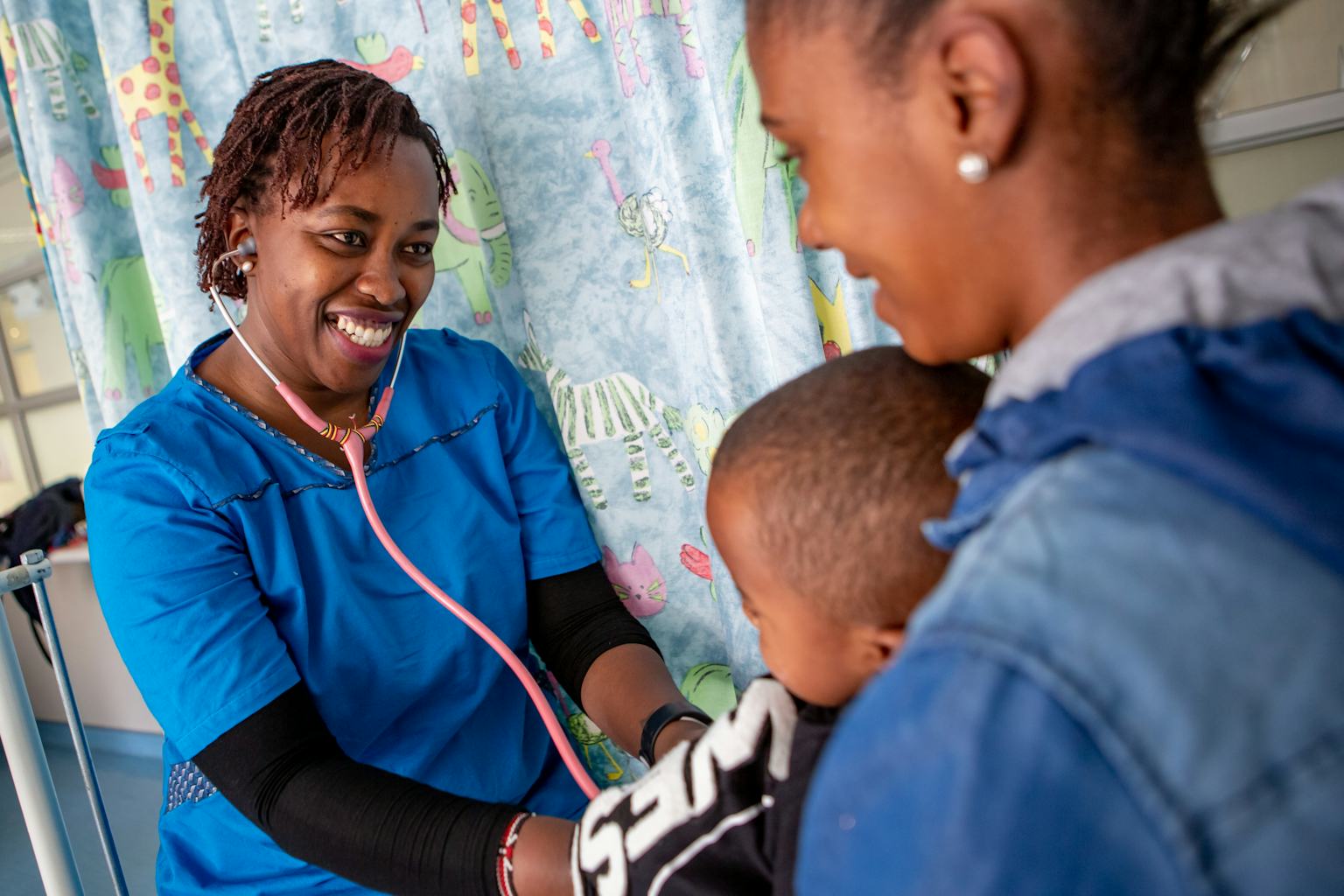[bctt tweet="Critical thinking is a never-ending process of information processing, analysis, synthesis, and guided action." username="QaziniKenya"]
According to this report by the World Economic Forum, analytical thinking will become one of the most valuable classes of skills of the future world. In fact, of the top 10 skills of tomorrow, 7 are all about mental acuity. And the other three are leadership and technological skills. As machines gradually take an ever-increasing portion of manual labour, such irreplaceable human skills as cognition and creativity will be in increasingly high demand in the next few years.
Processing information
But analytical thinking is not a skill for the workplace alone. In the current social media landscape that is dominated by fake news and misinformation, the ability to use critical thinking to distinguish truth from lies is essential.
We are processing more and more information on a daily basis, ranging in variety from news to adverts, and everything in between. The ability to tell truth and deception apart (sometimes they come together) is a critical survival skill. It helps you to develop the right attitudes towards life, free from biases and prejudice.
Problem-solving
Problem-solving applies critical thinking to develop solutions for specific issues. By its very nature, critical thinking facilitates problem solution by exposing underlying causes to observed phenomena. From identifying the root cause of a problem to brainstorming various solutions and evaluating to implement, critical thinking is central to problem-solving.
The characteristics of a critical thinker
The characteristics of critical thinkers are those habits that form in the critical mind. They are pointers as to what kind of character traits support critical thinking, which, as a learned skill, anyone would benefit from having. When you start using critical thinking skills to solve problems in your life, you will notice that these skills will start to become second nature. Here are some of them:
- Inquisitiveness
- Concern for wisdom/intelligence
- Attentive listening
- Confidence in reason
- Open-mindedness to divergent viewpoints
- Flexibility of opinions
- Understanding other people’s opinions
- Fair-minded appraisal of reasoning
- Honesty in evaluating personal biases, prejudices, and stereotypes
- Prudence in the suspension of judgment
The Critical thinking process
The critical thinking process is a set of steps that takes you through rigorous analysis and synthesis of information, to allow for the practical application of evidence-based solutions. If that definition seems complicated, it’s only because I am trying to define critical thinking based on the critical thinking process itself. A six-step process that entails;
1. Knowledge
Better named the questions step, the first critical thinking process requires you to ask as many open questions as possible about the issue at hand. Asking questions is the best way to gather knowledge about a subject. This knowledge will, in turn, prove very useful in subsequent steps.
2. Comprehension
The second critical thinking step entails, evaluating the data you gathered in the first step with the aim of understanding the situation. In some cases, you might need to conduct some extended research activities to locate the information you need.
3. Application
As you analyze the data, you are trying to identify patterns to the information, or interrelations. Not only is this a powerful information retention tool, but it also allows you to further comprehend the information. It is from the identification of these patterns that you will slowly be able to identify possible solutions.
4. Analysis
The cause-effect analysis is one of the best critical thinking tools available for problem-solving. As you become more adept at the topic at hand, you can start to identify relationships, strong points, and weak points. As you get closer to the ultimate solution, you should start having ideas resembling a solution at this point.
5. Synthesis
From the set of ideas you have so far, an actionable solution should now be merging. Take the different ideas you have through a Strength, Weakness, Opportunity, and Threat (SWOT) analysis to identify the best route of action.
6. Critical Action
Problem-solving through the critical thinking process forms better solutions in the simple way that it leaves you with many paths towards a possible solution. If the critical solution fits the problems, it will produce successful results on the first try. But this is not always the case.
When the first solution does not work, you can go back to the critical thinking process and re-evaluate, starting with your knowledge base. If you continue attacking the problem this way, then the laws of the universe and probability mean that, sooner or later, you will find the solution that works.
At the end of the day, critical thinking is a never-ending process of information processing, analysis, synthesis, and guided action. All three activities stand to benefit a lot from continuous improvement. And, after all, isn’t constant improvement the next best thing from perfection?





